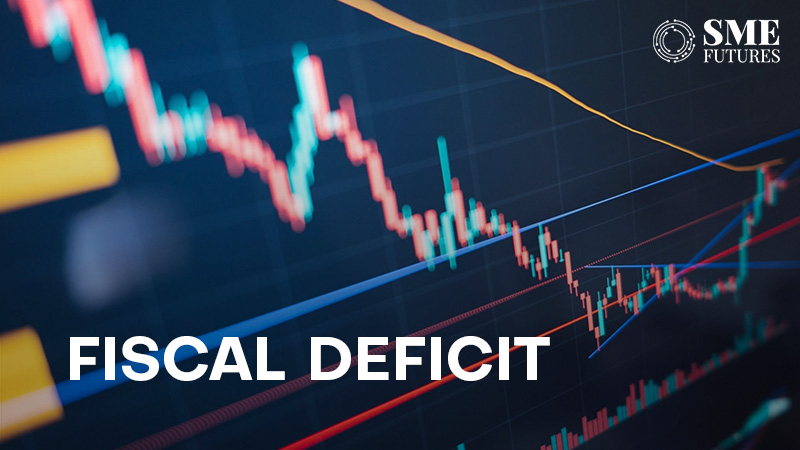The government’s fiscal deficit widened to Rs 6.43 lakh crore in April-August from Rs 6.06 lakh crore in the April-July period, data released by the Controller General of Accounts on September 29 showed.
At Rs 6.43 lakh crore, the fiscal deficit for the first five months of the current financial year accounts for 36.0 per cent of the full-year target of Rs 17.87 lakh crore. The fiscal deficit for April-August 2022 was 32.6 per cent of the target for 2022-23.
In August, the Centre’s fiscal deficit was only Rs 37,233 crore, down 81 per cent from the same month of the previous year, as total receipts posted a four-fold increase to Rs 2.54 lakh crore on the back of net tax revenues jumping by more than six-and-a-half times to Rs 2.21 lakh crore.
The massive year-on-year increase in net tax revenues in August was aided by both, higher tax collections as well as lower tax devolution to states.
On the revenue front, corporate tax collections finally shrugged off the rut they were in, rising more than five times from August 2022 to Rs 62,817 crore — the second-highest monthly mop-up, so far, in 2023-24.
At the same time, income tax collections more than quadrupled to Rs 1.03 lakh crore. On the whole, at Rs 2.95 lakh crore, gross tax collections in August were nearly twice as high as in the corresponding month last year.
Even as tax mop-up jumped, the fiscal deficit in August was kept in check by a smaller tax devolution to states of Rs 72,961 crore.
In August 2022, the Centre had transferred Rs 1.17 lakh crore. However, the amount transferred to states, so far, in the current financial year is higher at Rs 3.82 lakh crore.
Transfers to states reduce the Centre’s net tax collections.
Overall, in April-August, the Centre’s total receipts were 21 per cent higher at Rs 10.29 lakh crore, with corporate and income tax collections up 15 per cent and 36 per cent, respectively, compared to April-August 2022.
Non-tax revenue remained robust in April-August, up 79 per cent year-on-year at Rs 2.10 lakh crore, as the larger-than-expected dividend transferred by the Reserve Bank of India (RBI) in May continued to have an effect.
While the government’s revenue soared in August, total expenditure increased at a more sedate pace of 11 per cent, though capital expenditure was up by 30 per cent at Rs 56,720 crore.
For April-August, the Centre’s capex was 48 per cent higher at Rs 3.74 lakh crore, helping push up total spending by 20 per cent to Rs 16.72 lakh crore.
The latest set of numbers backs the government’s confidence in meeting this year’s fiscal deficit target of 5.9 per cent of GDP.
“Overall, we see limited fiscal concerns at this stage, as corroborated by the unchanged market borrowing numbers for October 2023-March 2024, relative to the amount indicated in the budget estimates,” Aditi Nayar, ICRA’s chief economist, said.
On September 27, the finance ministry said the government would borrow Rs 6.55 lakh crore in the second half of 2023-24, as was implied by the first-half borrowing calendar issued in late March.











